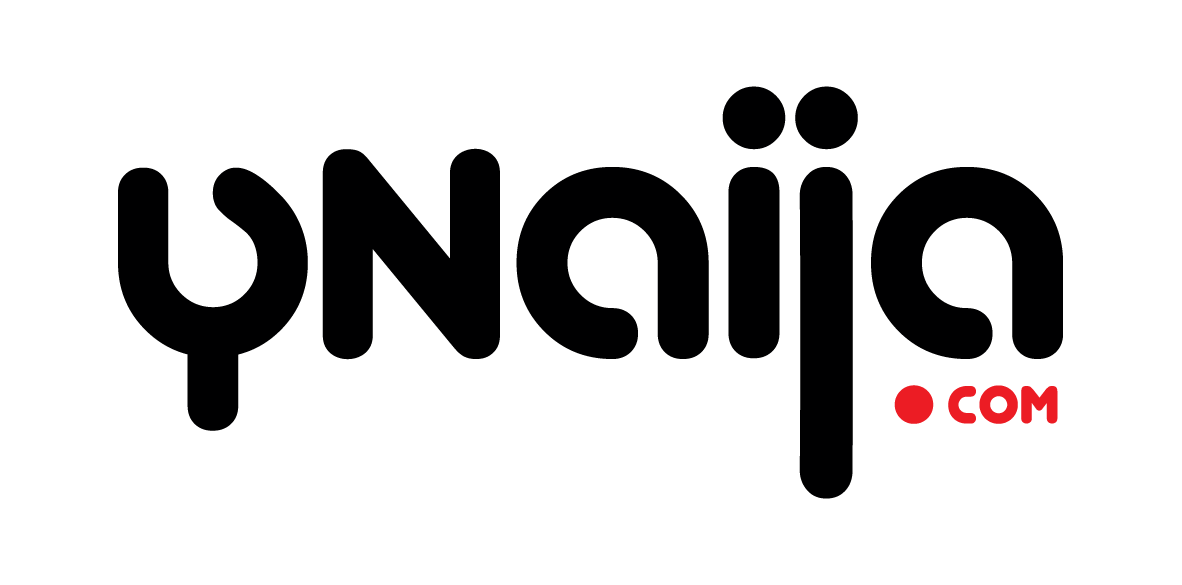Thirty Nigerian states generate a cumulative internal revenue just enough to settle one-third of their workers’ salaries and allowances.
Analysis by Daily Trust, of official data published by the National Bureau of Statistics (NBS) revealed that in 2016, the 30 states reviewed, minus Lagos, generated N515.61 billion internal revenue which is one-third of the N1.479 trillion they spend on workers remuneration annually.
This remuneration covers the salaries, pensions and gratuities of workers in the states and local government areas.
The now worsened situation remained unchanged even after a majority of them resorted to securing loans, apart from their IGR, federal allocation, as well as the tranches of bailout approved for them by President Muhammadu Buhari.
The state governors are finding it difficult to downsize the workforce for fear of backlash during elections.
What the analysis says:
States with highest wage bill
Kano, the most populous state in the country, is leading the league of five states with the highest wage bill. It is spending N110.4 billion annually to pay 160,000 workers.
It is followed by the oil-rich Rivers which is spending N100.8 billion on its 25,000 workers every year. Benue came third by spending N94.8 billion annually as salaries for its 44,000 workers.
Ogun’s 40,000 workers take N92.4 billion annually as salaries, while Delta spends N84 billion per annum on its 47,203 workers.
States with lowest wage bill
The five states with the least salary bill include Zamfara which spends N13.2 billion annually on its 28,183 workers annually. Others are Kebbi, which spends N18 billion every year on salary payment of its 19,133 workers; followed by Sokoto that spends N19.2 billion on its 26,000 workers.
Enugu and Plateau spend N20.4 billion each on their 50,000 and 21,000 workers, respectively.
States with the highest workforce
Apart from Kano and Lagos with the biggest population in the country and 160,000 and 100,433 workers respectively, most of the other states with huge workforce do not usually have a large population or strong economic base.
States whose wage bill is above N50 billion but below N80 billion per annum include Lagos (N72 billion, 100,433 workers), Oyo (N63.6 billion, 40,000 workers), Bauchi (N62.4 billion, 92,000 workers), Cross River (N61.2 billion, 22,000 workers), Katsina (N60 billion, 39,775 workers), Akwa Ibom (N57.6 billion, 50,000 workers), Bayelsa N54 billion, 50,000 workers), and Imo (N50.4 billion, 40,000 workers).
Those with below N50 billion are: Ondo (N46.8 billion, 76,000 workers), Jigawa (N43.2 billion, 31,000 workers), Osun (N43.2 billion, 35,000 workers), Yobe (N39.6 billion, 84,000 workers), Adamawa (N32.4 billion, 27,000 workers), Ekiti (N31.2 billion, 50, 000 workers), Kogi (N30 billion, 13,080 workers), Nasarawa (N28.8 billion, 25,000 workers).
Others are Kaduna (N26.4 billion, 100,000 workers), Kwara (N28.8 billion, 72,583 workers), Abia (N26.4 billion, 22,103 workers), Niger (N25.2 billion, 30, 445 workers), and Taraba (N22.2 billion, 16,500 workers).
Huge wage bill, low IGR
Further analysis of the NBS data shows that about 22 states generated IGR below N10 billion in 2016, yet they maintain a huge workforce.
The states with the least IGR are Ebonyi (N2.34 billion), Borno (N2.68 billion), Gombe (2.94 billion), Ekiti (N2.99 billion), Kebbi (N3.13 billion), Yobe (N3.24 billion), Nasarawa (N3.40 billion), Jigawa (N3.54 billion), Sokoto (N4.55 billion), and Zamfara (N4.78 billion).
On the other hand, Lagos is the only state with three-digit IGR of N302.42 billion, which is more than half of the total revenues generated by the 35 other states.
The states with huge internal revenues after Lagos are Rivers (N85.29 billion), Ogun (N72.98 billion), Delta (N44.06 billion), Kano (N30.96 billion), Akwa Ibom (N23.27 billion), and Edo (N23.04 billion).
Other states with two-digit IGR, according to the NBS data, are Oyo (N18.88 billion), Kwara (N17.25 billion), Kaduna (N17.05 billion), Anambra (N16.19 billion), Cross River (N14.78 billion), Enugu (N14.24 billion), and Abia (N12.69 billion).
States with above N5 billion IGR include Kogi (N9.57 billion), Benue (N9.5 billion), Plateau (N9.19 billion), Osun (N8.88 billion), Ondo (N8.68 billion), Bauchi (N8.68 billion), Bayelsa (N7.91 billion), Taraba (N5.89 billion), Niger (N5.88 billion), Imo (N5.87 billion), Adamawa (N5.79 billion), and Katsina (N5.5 billion).


Leave a reply